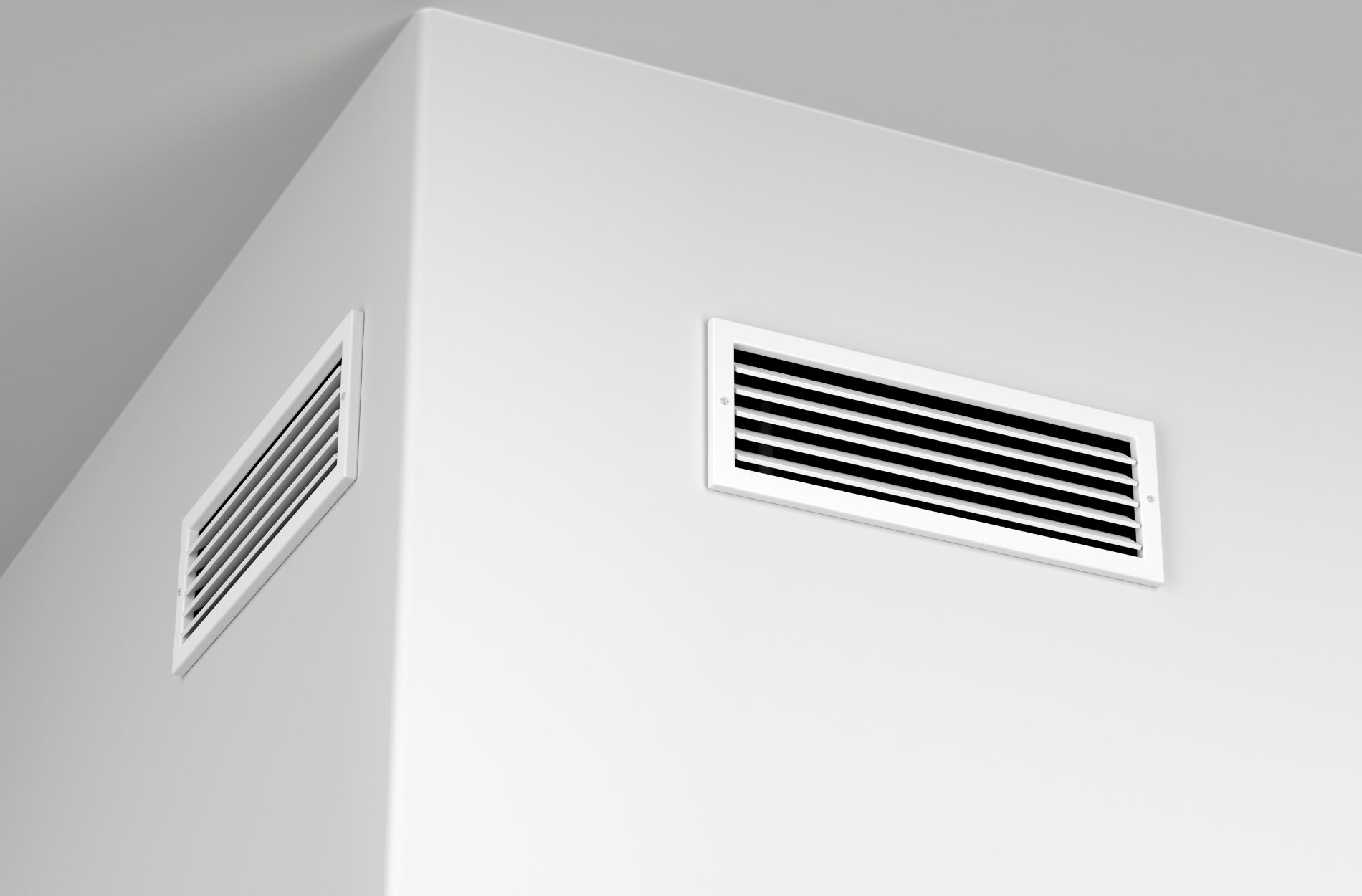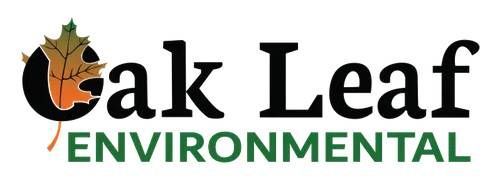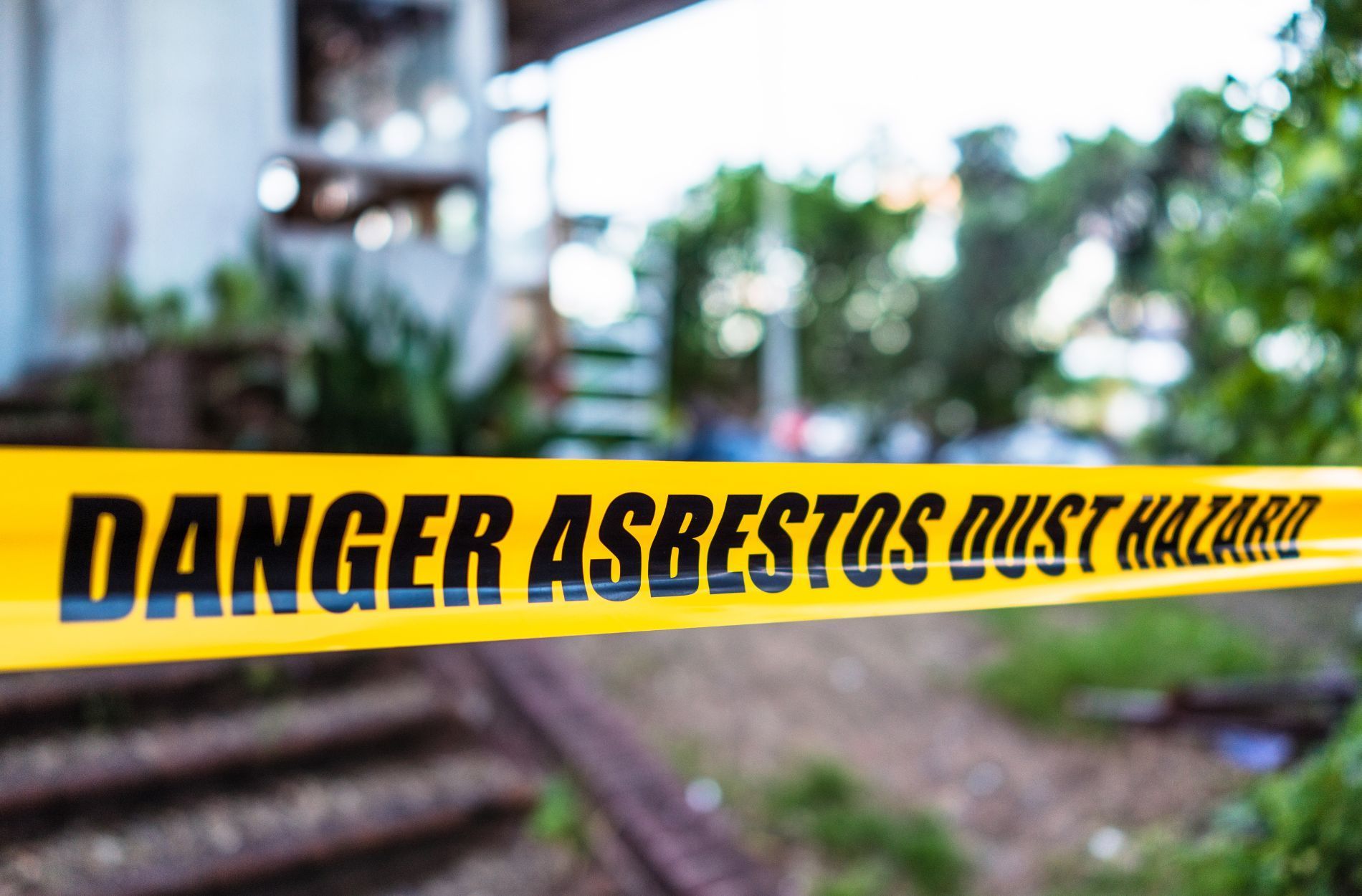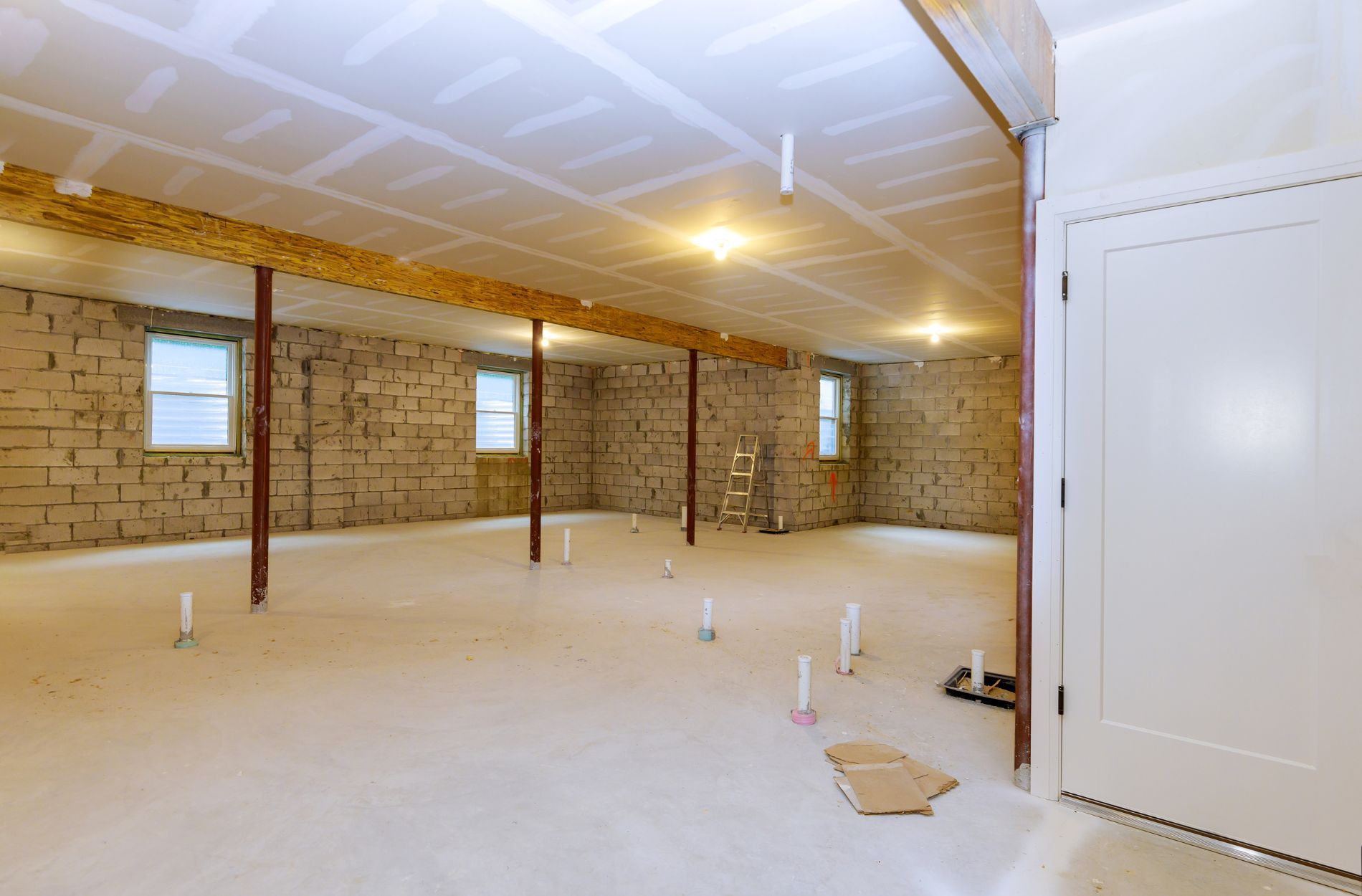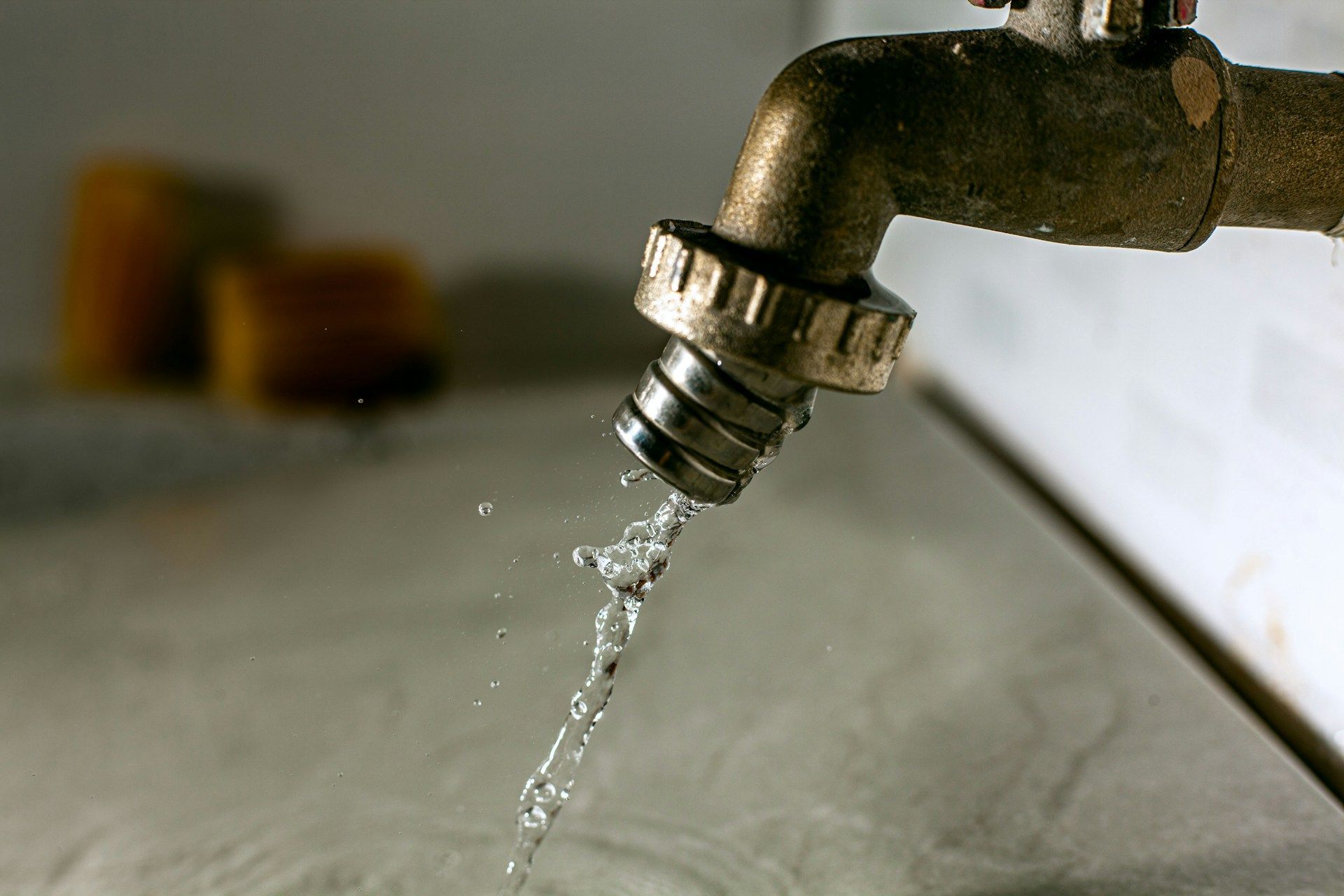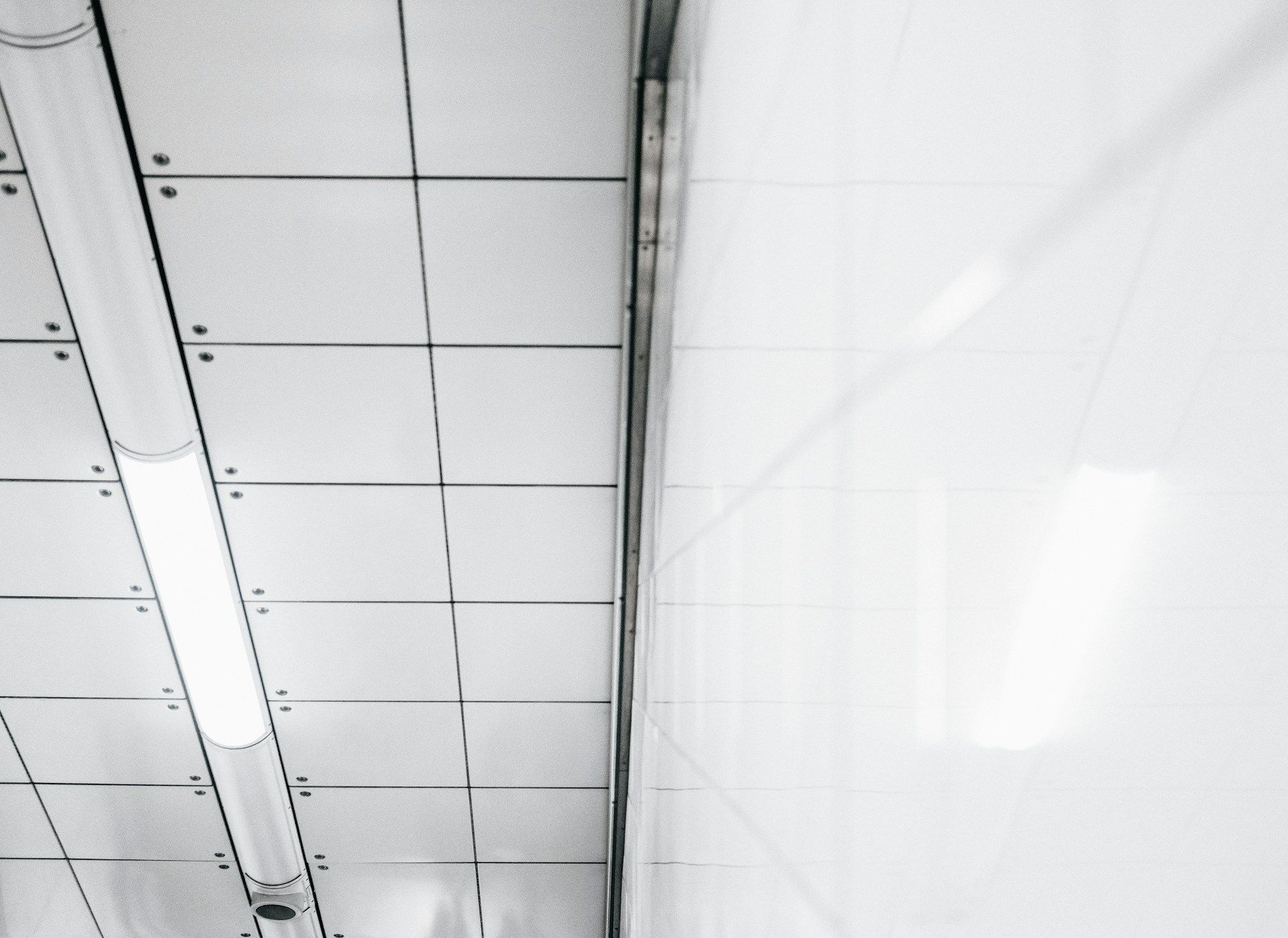Hidden Mold Behind Wallpaper: Detection And Solutions
Mold behind wallpaper is one of those problems you don’t often think about until it turns into something bigger. Most of the time, damage from mold isn’t out in the open. It hides behind walls, under floors, or behind wallpaper, quietly spreading and releasing spores into the air your family breathes. By the time stains or peeling appear, the mold may have been growing for a while. That’s why early detection matters even if everything looks fine on the surface.
Wallpaper, especially in damp or poorly ventilated rooms, can be a perfect hiding spot for mold. Bathrooms, basements, and kitchens often have conditions that give mold just what it needs: moisture, warmth, and something to grow on. Being able to recognize the early warning signs, or even better, having access to proper testing, can keep mold from becoming a long-term problem that affects both the building and your health.
Oak Leaf Environmental offers professional mold testing services to help you find hidden mold before it becomes a serious issue.
Signs of Hidden Mold Behind Wallpaper
The tricky part about mold behind wallpaper is how well it hides. You won’t always see it right away, but there are signs that something is going on out of sight.
Here’s what to watch for:
- The wallpaper starts bubbling, peeling, or warping without any clear reason
- The wall feels damp or soft to the touch
- Spots of discoloration keep spreading or getting darker
- A musty or wet smell won’t go away even after cleaning
- More sneezing or coughing in the room, especially for sensitive family members or pets
Even if things look okay at a glance, that damp smell that always seems to linger could be giving you a warning. If your bathroom wallpaper is constantly peeling or the room always smells like moisture, it’s worth checking out. Chances are, mold found a spot to settle in long before it started to show on the outside.
People with allergies, asthma, or weaker immune systems may feel the effects sooner, even if you can’t see anything obvious. Itchy eyes, a sore throat, a constant stuffy nose, or coughing that calms down when you leave the house could all be signs that hidden mold is making your home uncomfortable. Ignoring it only gives the problem more time to grow and spread.
Detection Methods
Spotting mold behind wallpaper often takes more than a quick look or sniff. Because it's so well hidden, a few early checks can be helpful, but calling in mold testing professionals gives you a more complete picture.
Here are a few places to check on your own:
- Look for lifted or bubbled spots in corners or along baseboards
- Smell for a musty odor when you walk into the room
- Carefully peel a small corner of the wallpaper in places where problems are likely
These tips might point you in the right direction, but they only go so far. Hidden mold can still be deeper than the surface shows. That’s where professional services make a difference.
Experts don’t rely on just what they see. They use moisture meters and air quality tools to scan for mold spores. Surface samples can also be taken to identify what kind of mold you're dealing with. This testing helps pinpoint how far it's spread and reveals sources of moisture you might not notice on your own.
By having experts test your space, you avoid missing spots and can make sure you're fixing the right problem. A thorough inspection doesn’t just confirm mold exists—it tells you what needs to change to stop it from coming back.
Effective Solutions For Mold Removal
Once mold behind wallpaper is confirmed, the next step is to get it removed the correct way. This isn’t just about cleaning up what you see. If mold isn’t fully removed or if the moisture that caused it isn’t dealt with, it will come right back.
Professional mold remediation is the best approach, especially when mold is hidden. The process starts by sealing off the affected space. This stops mold spores from drifting into other parts of the home.
Next, the damaged wallpaper is taken down. If mold has reached parts of the drywall, plaster, or insulation, those materials may need to be removed too. Once the area is exposed, cleaning agents and air filters help remove mold spores and prevent them from spreading further.
After cleaning, drying is just as important. High-powered fans and dehumidifiers bring moisture levels back to normal. Skipping this step would mean the area could end up damp again, which leads right back to mold.
It's also key to fix whatever caused the moisture in the first place. For instance, if a slow leak or poor venting led to mold growth behind a wall, that issue has to be corrected. Otherwise, no matter how well you clean, the problem will keep returning.
Getting rid of mold properly doesn’t just improve the look of a space. It helps protect your indoor air quality and restores a healthier living environment. That peace of mind is worth the effort.
Preventative Measures To Keep Mold From Coming Back
Once mold has been cleared, the goal becomes preventing it from building up again. Mold loves moisture more than anything, so controlling indoor dampness is the best way to keep it out.
Here are some tips to help stop it before it starts:
- Fix leaks right away, even small ones in pipes or appliances
- Run exhaust fans during showers and while cooking
- Leave space between furniture and exterior walls for air flow
- Don't use wallpaper in rooms with high humidity, like basements
- Use a dehumidifier where it tends to stay damp
- Wipe down window condensation during cooler months
You might also choose to inspect behind wallpaper during seasonal cleanings or home projects. A quick peek now and then can help catch problems early.
If your home has had mold before, it’s a good idea to schedule regular mold testing. That way you can detect new growth before it becomes a bigger issue. Staying on top of it saves both money and stress in the long run.
Creating a Mold-Free Environment
Mold can stay hidden until it’s already affecting your home and your health. It spreads in secret, behind wallpaper and walls, making it hard to notice until the damage is done. Once you know what to look for, what to check, and how to fix the problem, it becomes easier to take action earlier instead of later.
Don’t wait until you’re stuck with peeling walls or a never-ending cough. Testing, repairs, and simple maintenance steps now can stop mold from getting a strong hold indoors. Early action not only protects your home but helps your family breathe easier every day.
A cleaner, safer home starts with knowing what’s going on beneath the surface.
Keep your home healthy and mold-free by taking proactive steps today. With expert help from Oak Leaf Environmental, you can confidently face mold challenges head-on. Discover how our
mold testing services can help uncover hidden problems early, so you can protect your home and breathe easier.
